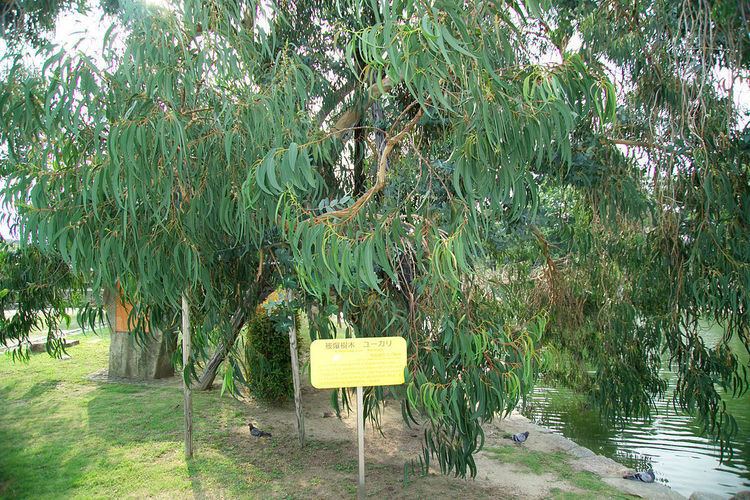 | ||
Hibakujumoku (Japanese: 被爆樹木; also called survivor tree or A-bombed tree in English) is a Japanese term for a tree that survived the atomic bombing of Hiroshima in 1945. The term is from Japanese: 被爆, hibaku, 'bombed, A-bombed, nuked' and Japanese: 樹木, jumoku, 'trees, woods'.
Contents
Damage
The heat emitted by the explosion in Hiroshima within the first three seconds at a distance of three kilometres from the hypocenter was about 40 times greater than that from the Sun. The initial radiation level at the hypocenter was approximately 240 Gy. According to Hiroshima and Nagasaki: The Physical, Medical, and Social Effects of the Atomic Bombings, plants suffered damage only in the portions exposed above ground, while portions underground were not directly damaged.
Regeneration
The rate of regeneration differed by species. Active regeneration was shown by broad-leaved trees. Approximately 170 trees that grew in Hiroshima in 2011 had actually been there prior to the bombing. The oleander was designated the official flower of Hiroshima for its remarkable vitality.
Types of hibakujumoku
Hibakujumoku species are listed in the UNITAR database, shown below, combined with data from Hiroshima and Nagasaki: The Physical, Medical, and Social Effects of the Atomic Bombings.
